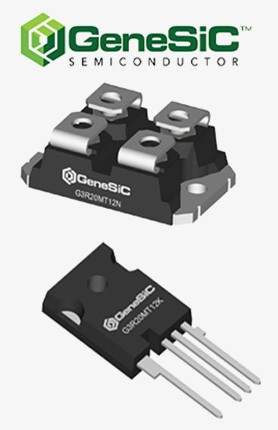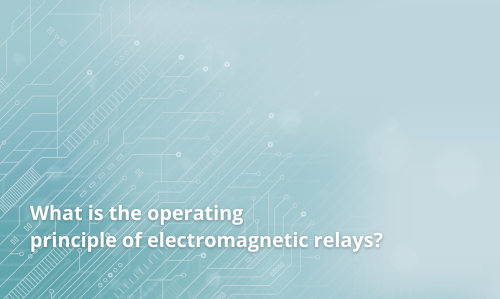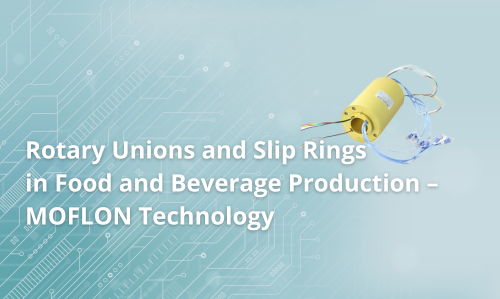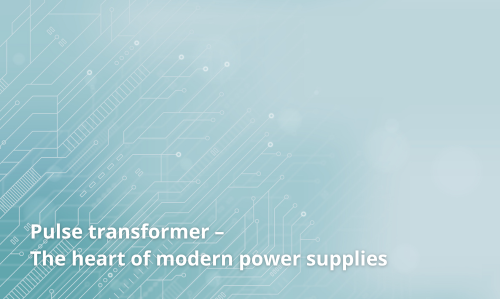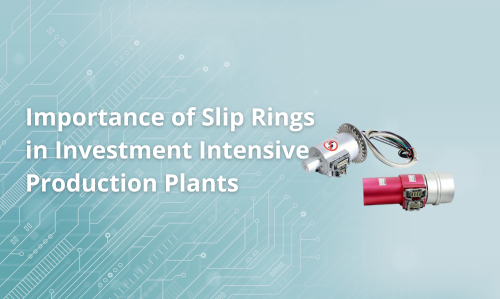This article provides a comprehensive guide to Printed Electronics – a modern technology for producing flexible and lightweight electronic circuits. It covers printing methods, conductive materials, circuit design, applications in medicine, IoT, automotive, as well as industrial and consumer implementations. The article also highlights the advantages of printed electronics, its environmental impact, future market trends, and presents the DACPOL company’s offer for innovative flexible printed...
Popular posts
-
Building Electronic Devices – What Does It Involve?Read more
Building Electronic Devices – What Does It Involve? Discover the Complete Process of Creating Electronic Devices. Electronics from the Basics for Everyone!
-
How are shielded rack cabinets constructed?Read more
The article explains the construction of shielded rack cabinets designed to protect electronic equipment from electromagnetic interference (EMI and EMP). It covers materials used, prefabricated Faraday cages, glass doors with conductive mesh, and ventilation systems that combine effective protection with functionality.
-
Modern Methods Used in Consumer Electronics DesignRead more
Learn how engineers detect and eliminate electromagnetic interference in vehicles. See how modern EMC measurements accelerate automotive electronics development.
-
12 Commonly Asked Questions About Slip RingsRead more
This article discusses the 12 most frequently asked questions about slip rings and commutators. It explains their structure, function, and differences. The reader will learn why slip rings are used in motors, generators, and alternators, how they affect current flow, and their applications in various types of electrical machines. The article provides clear, practical explanations to help better understand how these components work.
-
What is the operating principle of electromagnetic relays?Read more
This article explains in detail the operating principle and construction of electromagnetic relays, some of the most important components in electronics and industrial automation. It describes how, thanks to the phenomenon of electromagnetic attraction, relays enable safe switching of electrical circuits, separating control circuits from power circuits. It also presents their types, functions, step-by-step operation scheme, and numerous applications – from industrial automation to consumer...
-
Inductive element – basics and applications in electronicsRead more
The article explains the fundamentals of inductive components such as coils and chokes, their construction, key parameters, and applications in electronics. It describes how they store energy in a magnetic field, stabilize voltage, and filter interference in electronic circuits.
-
Capacitive or resistive touch screen – which to choose?Read more
What’s the difference between these two types of touch screens? This article shows which one works better for everyday use and which for tough industrial conditions. If you’re wondering which screen to choose for your device – this text will help you decide.
-
A Discussion on Contact System and Slip Ring TransmitterRead more
The article discusses the construction, operation, and applications of the contact system and the slip ring relay. It explains that a key element of the slip ring’s functionality is the sliding contact mechanism between the ring and the brush, which enables the transmission of electrical signals between the stationary and rotating parts of the device.
-
Rotary Unions and Slip Rings in Food and Beverage Production – MOFLON TechnologyRead more
The article presents the application of slip rings and rotary joints in the food, beverage, and pharmaceutical industries. It describes how these solutions support washing, filling, capping, and mixing processes, increasing the efficiency, reliability, and hygiene of production lines.
-
MTL solutions in ATEX zonesRead more
The article discusses the occurrence of explosive atmospheres in industrial plants and the classification of hazardous zones according to ATEX directives and applicable standards. It explains the differences between zones 0, 1, 2 and 20, 21, 22, emphasizing the importance of using intrinsically safe equipment to minimize ignition risks. The second part presents Eaton MTL’s solutions — both wired and wireless Ethernet systems designed for Ex zones — ensuring reliable and safe industrial...
-
Levels of Shielding in Rack Cabinets – Which One to Choose?Read more
Choosing the right rack cabinet with shielding is a key element in protecting electronic equipment from electromagnetic interference (EMI) and EMP pulses. This article explains the differences between Level 1 and Level 2, describes the attenuation each solution offers, and shows which environments they are best suited for. This way, you can select a cabinet perfectly tailored to your company's needs, ensuring data security, device stability, and peace of mind for your team.
-
Where and When to Use Shielded Rack Cabinets?Read more
The article explains where and when it is worth using shielded rack cabinets, highlighting their role in protecting IT equipment and industrial systems from electromagnetic interference (EMI) and EMP pulses. It presents practical examples from the military, industrial, medical, telecommunications, and financial sectors, showing how proper shielding increases system reliability, protects data, and minimizes the risk of equipment failure.
-
Pulse Transformer – The Heart of Modern Power SuppliesRead more
The article describes the principle of operation, construction, and applications of pulse transformers, which are an important component of modern switch-mode power supplies (SMPS). It explains the differences between pulse transformers and traditional mains transformers, emphasizing their advantages—high efficiency, compact design, galvanic isolation, and reliability. The text also discusses materials used in ferrite cores, converter circuit topologies, and typical areas of application such...
-
Importance of Slip Rings in Investment Intensive Production PlantsRead more
The article discusses the importance of slip rings in modern industrial facilities. It explains their use in rotating equipment such as indexing tables, wind turbines, and robotic systems, highlighting their role in transmitting electrical signals and data. The text emphasizes design considerations, durability, and the capability for dual signal transmission, all of which impact production efficiency and help minimize downtime in industrial plants.
-
How to protect against EMI interferenceRead more
Learn how to protect electronic devices from electromagnetic interference (EMI). Discover effective shielding methods, material selection, enclosure design, and advanced EMI suppression techniques.
-
Thyristor gate drive transformers – what you need to knowRead more
This article discusses the role of gate drive transformers in thyristor circuits, explaining their operating principle, connection schemes, and typical applications in power electronics and industrial systems. It highlights the importance of isolation, precise gate triggering, and protection of control circuits.
-
How does a wind turbine workRead more
This article provides comprehensive information about wind turbines – their structure, operation, types, efficiency, advantages, and disadvantages. It also describes the installation and maintenance process, the importance of slip rings in ensuring reliable operation, and the prospects for wind energy development as a key source of clean, renewable power.

